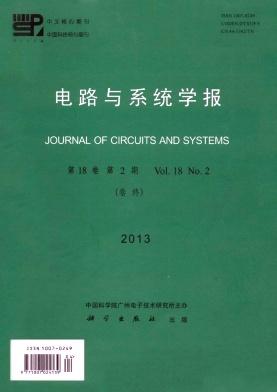Reconfiguration of degradable VLSI/WSI arrays under the constraint of row bypass and column rerouting
引用次数: 0
Abstract
This paper examine the problem of reconfiguring two dimensional VLSI/WSI arrays via the degradation approach. In this approach, all elements are treated uniformly and no elements are dedicated as spares. The goal is to derive a fault-free subarray T from the defective host array such that the dimensions of T are larger than some specified minimum. This problem is known to be NP-complete under the constraint of row bypass and column rerouting. However, we show that a special case of the reconfiguration problem is optimally solvable in linear time. Using this result, a new fast and efficient reconfiguration algorithm is proposed for the general problem. Empirical study shows that the new algorithm indeed produce good results in terms of the percentages of harvest and degradation of VLSI/WSI arrays.行旁路和列重路由约束下可降解VLSI/WSI阵列的重构
本文研究了利用退化方法重构二维VLSI/WSI阵列的问题。在这种方法中,所有元素都被统一处理,没有任何元素被专用为备用元素。目标是从有缺陷的主机阵列派生出无故障的子阵列T,使得T的维度大于某个指定的最小值。这个问题在行旁路和列重路由的约束下是np完全的。然而,我们证明了重构问题的一个特殊情况在线性时间内是最优可解的。在此基础上,针对一般问题提出了一种快速有效的重构算法。实证研究表明,新算法在VLSI/WSI阵列的收获率和退化率方面确实取得了很好的效果。
本文章由计算机程序翻译,如有差异,请以英文原文为准。
求助全文
约1分钟内获得全文
求助全文

 求助内容:
求助内容: 应助结果提醒方式:
应助结果提醒方式:


